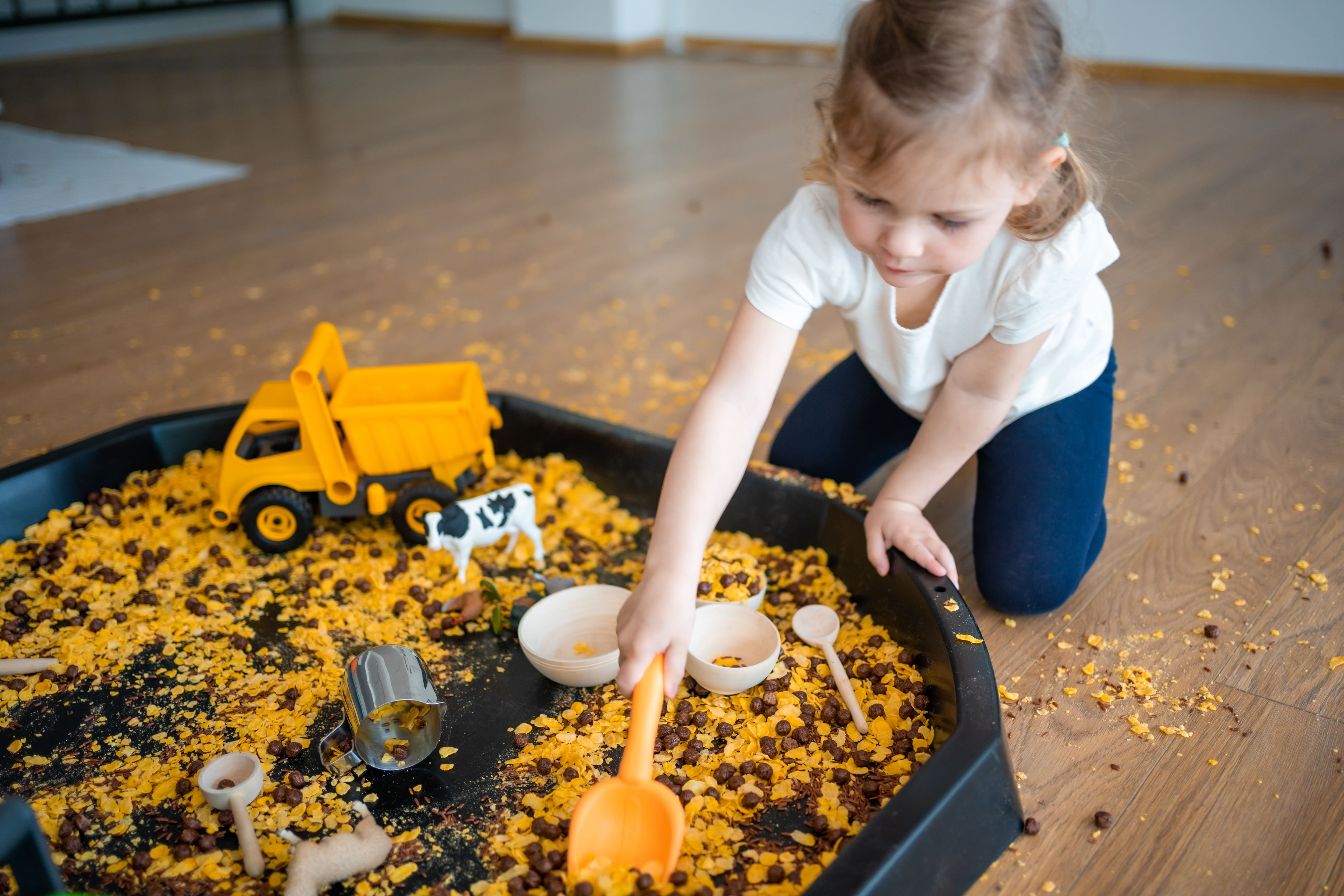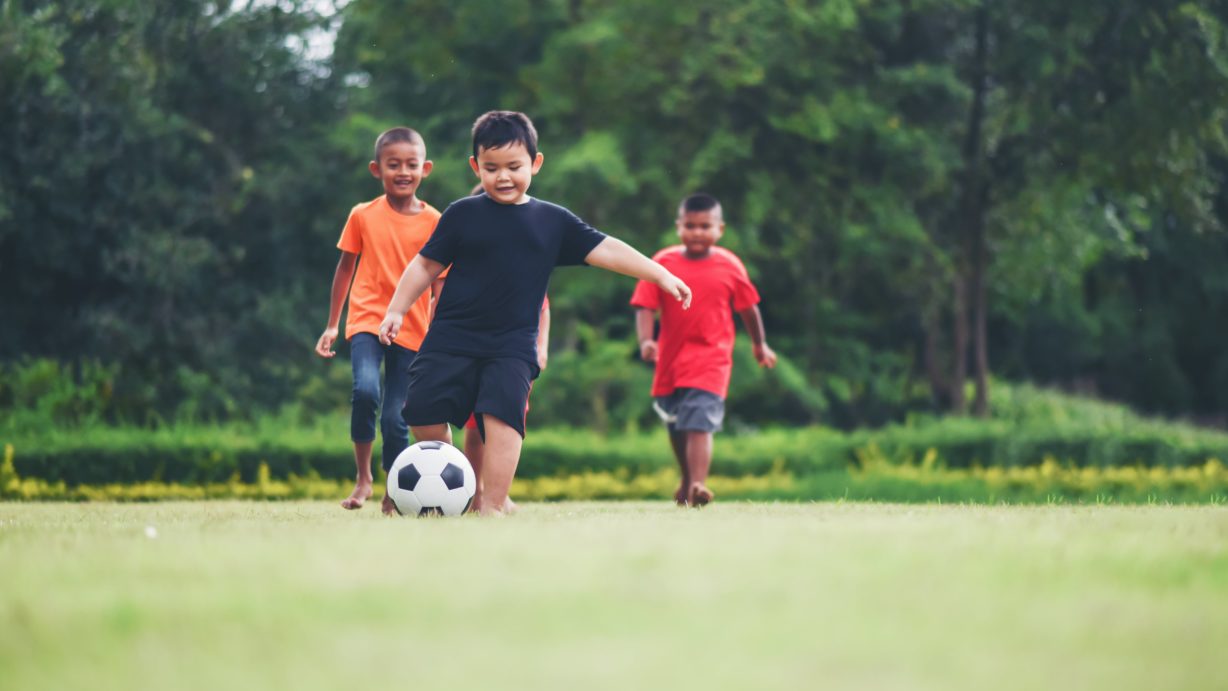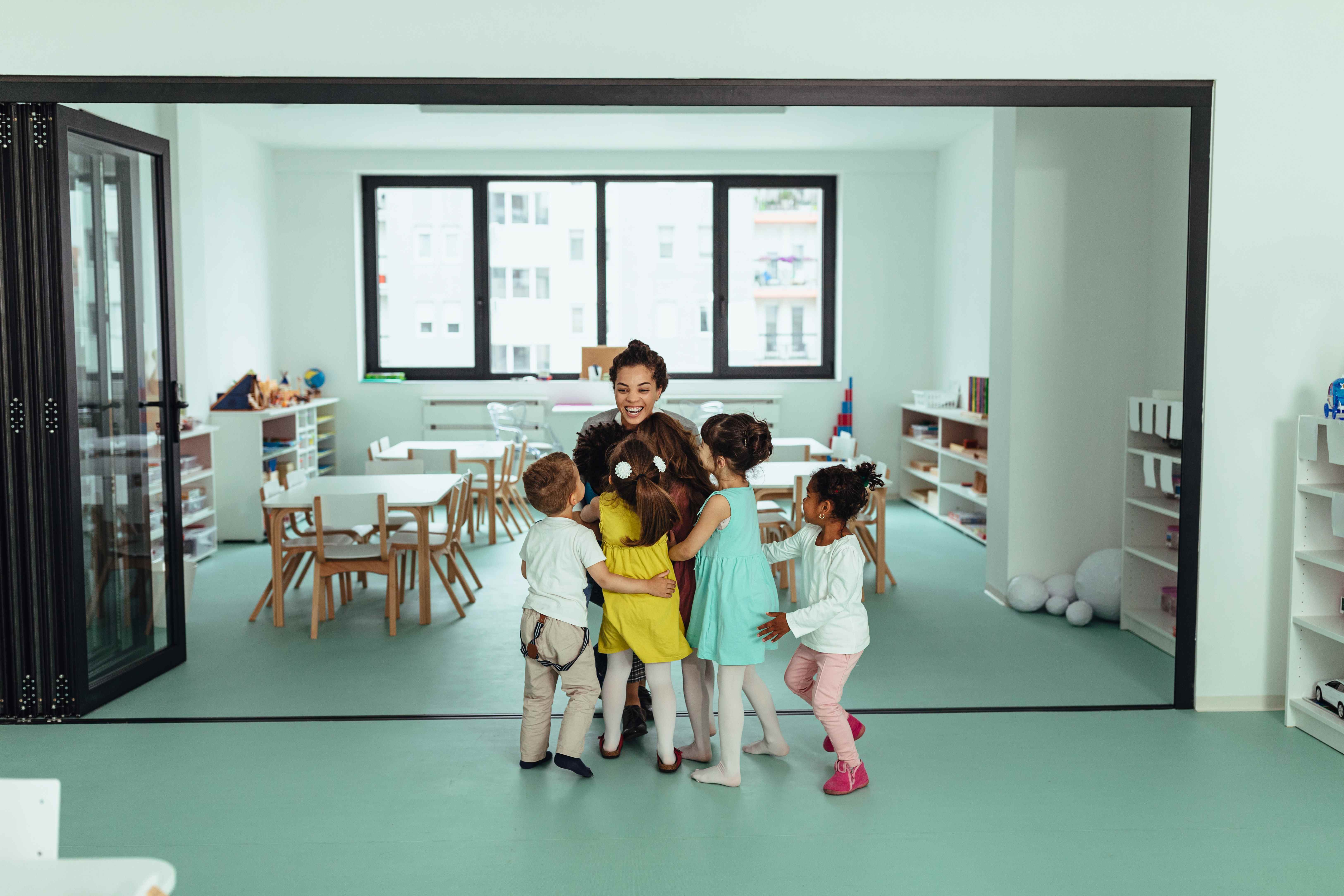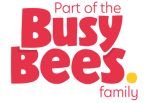Discover simple Montessori-inspired activities to boost early learning at home. Foster independence, sensory skills, and a love for learning with easy steps!
As parents, we all want to give our children the best start in life, and that includes fostering their natural curiosity and love for learning. The Montessori method, developed by Dr. Maria Montessori, is a child-centered educational approach that emphasizes independence, hands-on learning, and respect for a child’s natural development. The great news? You don’t need a classroom or specialized materials to implement Montessori principles at home! Here are some simple, engaging Montessori-inspired activities to support your child’s early learning.
The Benefits of Montessori Learning at Home
Montessori education is rooted in the belief that children learn best through active exploration and hands-on experiences. By incorporating Montessori principles at home, you can help your child:
- Develop independence and confidence
- Enhance fine and gross motor skills
- Improve focus and problem-solving abilities
- Foster a lifelong love of learning
Simple Montessori Activities for Young Children
Here are some easy-to-set-up activities that align with Montessori principles and promote early childhood development.
1. Practical Life: Pouring and Transferring
Skills Developed: Hand-eye coordination, concentration, independence
Materials Needed:
- Two small pitchers or cups
- Water, dry beans, or rice
- A tray to catch spills
Instructions:
- Place the materials on a tray and invite your child to sit with you.
- Demonstrate slowly how to pour water from one pitcher to another.
- Allow your child to try. If spills happen, calmly guide them to clean up using a small cloth.
- For a variation, use dry beans or rice for less mess.
2. Sensory Exploration: Texture Bins
Skills Developed: Sensory perception, vocabulary, fine motor skills
Materials Needed:
- A shallow bin or tray
- Various textured items (e.g., cotton balls, sandpaper, smooth stones, fabric swatches)
Instructions:
- Fill the bin with a variety of textures.
- Encourage your child to explore by touching each item.
- Ask open-ended questions like, “How does this feel?” or “Can you find something soft?”
3. Language Development: Object Matching
Skills Developed: Vocabulary, categorization, focus
Materials Needed:
- Small objects (toy animals, household items)
- Matching picture cards or printed images
Instructions:
- Lay out the picture cards in a row.
- Show your child how to match each object to the corresponding picture.
- Name each object aloud as they match them.
4. Math Skills: Counting with Natural Objects
Skills Developed: Number recognition, one-to-one correspondence
Materials Needed:
- Small natural objects (pebbles, shells, pinecones)
- Number cards (1–10)
Instructions:
- Place the number cards in a row.
- Encourage your child to count and place the correct number of objects under each card.
- Demonstrate how to count aloud and encourage them to do the same.
5. Fine Motor: Clothespin Transfer
Skills Developed: Finger strength, coordination
Materials Needed:
- A small container or bowl
- Clothespins
Instructions:
- Show your child how to pinch open a clothespin and clip it onto the edge of a bowl.
- Encourage them to try it themselves, using both hands.
- This activity strengthens finger muscles, preparing them for writing skills later on.
6. Nature Walk and Collection
Skills Developed: Observation, categorization, sensory awareness
Materials Needed:
Instructions:
- Take your child for a walk outside and encourage them to collect interesting items like leaves, flowers, or rocks.
- Once home, sort the objects by size, colour, or texture.
- Discuss what they found and how each item feels or looks.
7. DIY Shape Puzzle
Skills Developed: Spatial awareness, problem-solving, fine motor skills
Materials Needed:
- Cardboard or thick paper
- Scissors
Instructions:
- Cut out different geometric shapes from cardboard.
- Trace their outlines on a separate sheet of paper.
- Encourage your child to match the shapes to their outlines.
8. Threading Beads or Pasta
Skills Developed: Fine motor skills, hand-eye coordination, patience
Materials Needed:
- Large beads or dry pasta with big holes
- String or shoelace
Instructions:
- Show your child how to thread beads or pasta onto a string.
- Encourage them to create patterns with colours or shapes.
- This activity enhances focus and dexterity.
9. Button Sorting
Skills Developed: Colour recognition, categorization, counting
Materials Needed:
- Assorted buttons
- Small bowls or muffin tins
Instructions:
- Place a variety of buttons on a tray.
- Ask your child to sort them by colour, size, or shape.
- For an extra challenge, encourage them to count how many are in each group.
10. Mystery Bag
Skills Developed: Tactile discrimination, vocabulary, critical thinking
Materials Needed:
- A small cloth bag
- Familiar household objects (spoon, ball, block, key, etc.)
Instructions:
- Place a few objects inside the bag without showing your child.
- Ask them to reach in and feel an object without looking.
- Have them guess what it is before pulling it out to check.
Creating a Montessori-Friendly Home Environment
To further support Montessori learning, consider setting up a home environment that encourages independence and exploration:
- Low shelves with accessible toys and learning materials.
- Child-sized tools (small brooms, utensils, step stools) to promote self-sufficiency.
- Uncluttered spaces to help with focus and decision-making.
Final Thoughts
Bringing Montessori principles into your home doesn’t require expensive materials or elaborate setups. By providing simple, hands-on activities with items from around your home, you can create an enriching learning environment that nurtures your child’s independence, curiosity, and joy of discovery. Try these activities with your child today and watch their skills and confidence grow!
Stay in the know and check us out on social media! Follow BrightPath on Facebook and Instagram for a variety of fun activities and daily inspiration.







